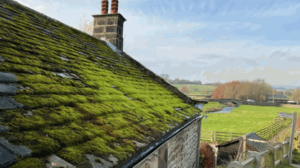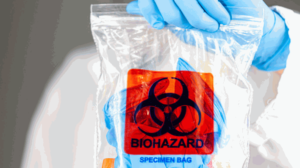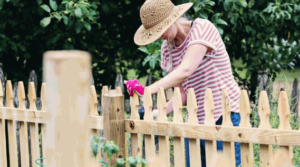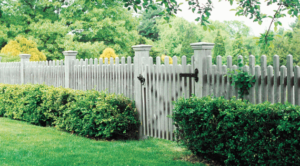Slippery floors can pose a serious safety hazard in any home or workplace.
We will explore the common causes of slippery floors, why they are dangerous, and most importantly, how to prevent them. From keeping floors clean and dry to using non-slip mats and rugs, we will discuss various solutions to ensure a slip-free environment.
We will delve into some home remedies you can try to tackle slippery floors before considering seeking professional help. Learn more about keeping your floors safe and slip-free.
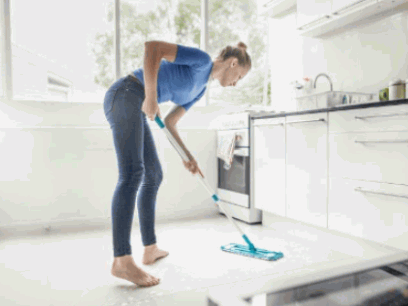
What Causes Slippery Floors?
Slippery floors are often caused by a variety of factors such as spills, dirt, dust, grease, or dampness on surfaces, making them hazardous areas to navigate.
Humidity levels can also play a significant role in creating slippery floors, especially in areas with high moisture content. When combined with certain flooring materials, such as polished stone or certain types of tiles, the risk of slipperiness increases. Inadequate cleaning practices can leave behind residues that further contribute to the slippery surface.
To prevent accidents, it is essential to regularly clean and dry floors, use appropriate non-slip mats or coatings, and maintain proper ventilation to control humidity levels.

Why Are Slippery Floors Dangerous?
Slippery floors pose a significant danger as they can lead to injuries, accidents, and safety risks, especially in high-traffic public spaces like shopping centres and restaurants.
Injuries resulting from slips and falls on these surfaces can range from minor bruises to severe fractures, affecting individuals of all ages. The potential consequences of such accidents extend beyond personal harm, impacting public safety and the reputation of businesses. Implementing preventive measures such as regular floor maintenance, the use of non-slip mats, and appropriate signage can significantly reduce the risk of incidents and create a safer environment for customers and employees alike.
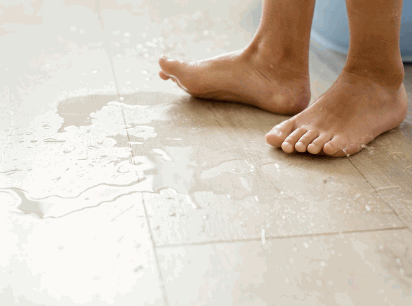
How To Prevent Slippery Floors?
Preventing slippery floors involves regular cleaning, maintenance practices, and the use of slip-resistant materials to enhance safety and reduce the risk of accidents.
One of the key preventive measures for slippery floors is the implementation of routine cleaning schedules. By consistently mopping and drying floors, you can eliminate potential hazards caused by spills or accumulated moisture. Using traction pads in high-risk areas can significantly improve grip and stability for individuals walking on slippery surfaces. Placing non-slip rugs strategically around the premises can also aid in reducing the likelihood of slips and falls.
Keep Floors Clean And Dry
Maintaining clean and dry floors is crucial in preventing accidents and reducing the risk of slips, providing practical solutions to enhance safety in high-traffic areas.
Regular cleaning routines not only keep surfaces visually appealing but also play a significant role in maintaining a safe environment. When spills are promptly addressed, they prevent the accumulation of moisture, which is a common culprit in slip accidents. Implementing practical solutions such as strategically placed warning signs can alert individuals to potential hazards, while designated cleaning schedules ensure that maintenance tasks are consistently carried out throughout the day to prevent any safety risks from emerging.

Use Non-Slip Mats Or Rugs
Utilising non-slip mats or rugs in specific areas can provide grip and stability for people in various environments, reducing the risk of slips and falls.
These safety accessories offer a reliable hold underfoot, especially in places like bathrooms, kitchens, or outdoor stairs where surfaces may become slippery due to moisture or smooth textures. By incorporating non-slip mats, individuals can confidently navigate these spaces without the fear of accidental falls or injuries.
Choosing the right materials for these mats is crucial as well; materials like rubber, vinyl, or microfiber with textured surfaces can enhance the effectiveness of the non-slip properties, ensuring better grip and durability over time.

Apply An Anti-Slip Solution
Applying anti-slip treatments or cleansing solutions can help enhance the traction and grip of surfaces, offering practical tips to minimise slipperiness effectively.
There are various options available to achieve a slip-resistant surface, ranging from coatings and sealants to adhesive tapes and non-slip mats.
Each option offers unique benefits and application methods, requiring different levels of maintenance to ensure longevity. Coatings, for instance, provide a durable solution that can be applied to various surfaces such as concrete, tile, or wood.
On the other hand, non-slip mats and adhesive tapes offer a quick and temporary fix that can be easily replaced when needed.
When choosing the right product, consider factors such as the type of surface, expected foot traffic, and desired longevity. Ensuring proper application and following maintenance guidelines will help maximise the effectiveness of the selected anti-slip solution.
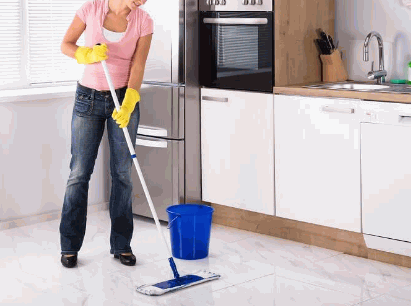
Wear Appropriate Footwear
Choosing appropriate footwear is essential to prevent accidents on slippery floors, ensuring better grip and stability while navigating risky areas.
In terms of selecting the right footwear for slippery surfaces, there are a few key factors to consider. First and foremost, a proper grip is crucial to help prevent slips and falls. The sole design plays an important role in providing grip, dispersing water, and maintaining stability.
Materials also play a significant role in ensuring safety on slippery floors. Look for shoes made from slip-resistant materials such as rubber or specific synthetic compounds designed for maximum grip.
For environments with frequent exposure to wet or oily surfaces, opting for footwear specifically designed for non-slip properties is highly recommended.
What Are Some Home Remedies For Slippery Floors?
Home remedies offer practical solutions for addressing slippery floors, such as using natural ingredients like vinegar, bicarbonate of soda, salt, lemon juice, or black tea to enhance traction and reduce slipperiness.
These common household items can work wonders to make your floors safer by providing a non-toxic alternative to commercial chemical products.
For example, mixing vinegar with water creates a natural cleaning solution that can effectively cut through grease and grime while adding traction to the floor surface.
Bicarbonate of soda, when sprinkled on slippery areas and scrubbed gently, can absorb moisture and improve grip.
Vinegar And Water Solution
A vinegar and water solution can be a cost-effective and natural way to tackle slipperiness on various flooring materials, providing an environmentally friendly option for creating safer surfaces.
Not only is this solution easy to prepare, but it is also highly versatile. Whether you have hardwood, laminate, tile, or vinyl floors, the vinegar and water mixture can effectively clean and remove residue without damaging the surface. Additionally, vinegar’s acidic properties help to break down dirt and grime, leaving your floors not just cleaner but less slippery as well. This solution cuts through grease and leaves behind a streak-free finish, making it a popular choice for those looking to maintain a clean and safe living environment.
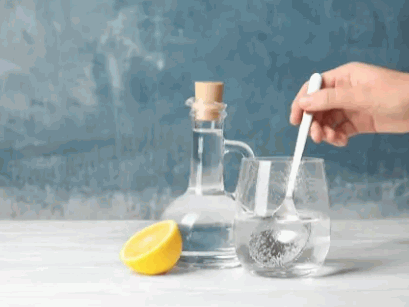
Baking Soda And Water Paste
Bicarbonate of soda and water paste can help combat greasy surfaces and improve traction, serving as a natural remedy for reducing slipperiness and enhancing safety in high-grease areas.
When preparing this simple yet effective solution, mix bicarbonate of soda with water to create a thick paste consistency that is easy to spread. Apply the paste generously onto the greasy surface, focusing on areas prone to slips and falls. The abrasive nature of bicarbonate of soda helps to break down grease deposits, while the paste creates a textured surface for better grip.
The benefits of using this method extend beyond safety concerns. Not only does the bicarbonate of soda and water paste provide an affordable alternative to commercial cleaning products, but it is also eco-friendly and safe for homes with children and pets. This DIY solution not only tackles slipperiness caused by grease but also leaves the surface clean and refreshed.
Dig deeper: Can You Clean With Baking Powder

Salt And Water Solution
A salt and water solution can be used to tackle slipperiness in damp areas, providing a simple yet effective remedy for creating safer walking surfaces and reducing the risk of accidents.
By combining salt and water, a solution is formed that helps increase traction on slippery surfaces, making it ideal for areas prone to moisture build-up. This mixture can be easily applied to various surfaces, such as driveways, walkways, and stairs, creating a gritty texture that enhances grip and stability. Unlike chemical-laden products, this natural remedy is environmentally friendly and safe for pets and plants. The osmotic properties of salt also help prevent ice formation, further enhancing safety during cold weather. Implementing this cost-effective solution can significantly reduce the likelihood of slips and falls, promoting a secure environment for all.
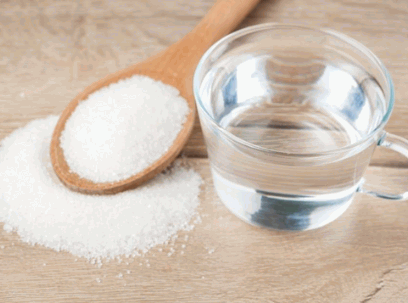
Lemon Juice And Water Solution
A lemon juice and water solution offers a refreshing and effective way to clean surfaces, reduce slipperiness from spills, and impart a fresh scent to indoor environments.
One of the remarkable qualities of using a lemon juice and water solution as a natural cleaner for slippery floors is its potent cleaning properties. The acidic nature of lemon juice acts as a powerful degreaser and stain remover, making it ideal for tackling tough spots and grime. This eco-friendly solution not only cleans but also neutralises odors, leaving behind a pleasant citrus fragrance. It serves as an excellent remedy for addressing accidental spills swiftly, preventing potential accidents due to slipperiness.
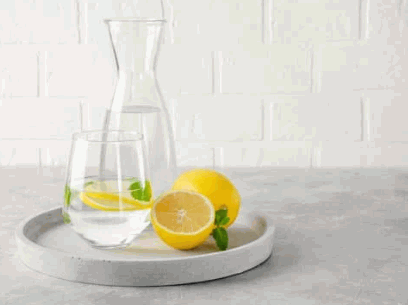
Black Tea And Water Solution
A black tea and water solution can be a surprising yet effective method to enhance grip on various flooring materials, offering a cost-efficient and eco-friendly solution for reducing slipperiness.
Black tea’s tannins interact with the floor surface, creating a natural layer that increases grip without causing any damage. This solution is particularly beneficial for wooden or tile floors, where the tea can penetrate the surface to create a non-slip barrier.
- This DIY remedy is not only safe for pets and children but also environmentally friendly, minimising the need for harsh chemical cleaners that can harm the ecosystem.
- Incorporating a black tea and water mixture into your cleaning routine can significantly improve safety and reduce the risk of accidents without compromising sustainability.
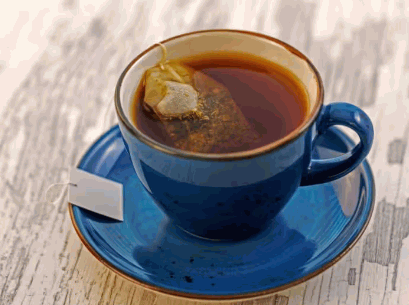
When Should You Seek Professional Help?
Professional assistance is essential for addressing persistent slipperiness, injuries, or hazardous conditions on floors, ensuring comprehensive solutions and long-term safety measures.
In terms of dealing with slippery surfaces that pose a risk to individuals, seeking the expertise of professionals becomes paramount. Whether it’s through the application of anti-slip treatments, specialised coatings, or advanced cleansing solutions, trained professionals can provide tailored interventions that address the root cause of the problem.
These experts possess the knowledge and tools necessary to assess the level of hazard present, implement effective strategies, and ensure that the floor surfaces comply with safety standards. By entrusting this task to professionals, individuals can avoid the potential pitfalls of DIY solutions, which may not offer the same level of durability and effectiveness.
Conclusion
Creating safe and slip-resistant floors involves implementing practical solutions, utilising non-slip materials, and maintaining a clean environment to minimise the risk of accidents and enhance safety measures.
By prioritising floor safety, businesses and individuals can significantly reduce the likelihood of slips, trips, and falls. Incorporating safe flooring practices such as regular cleaning, proper lighting, and adequate signage can contribute to a secure environment. Conducting regular floor assessments and investing in quality mats or rugs can further enhance safety measures. Remember, a proactive approach to floor safety not only protects people from harm but also fosters a sense of security and well-being within the space.


